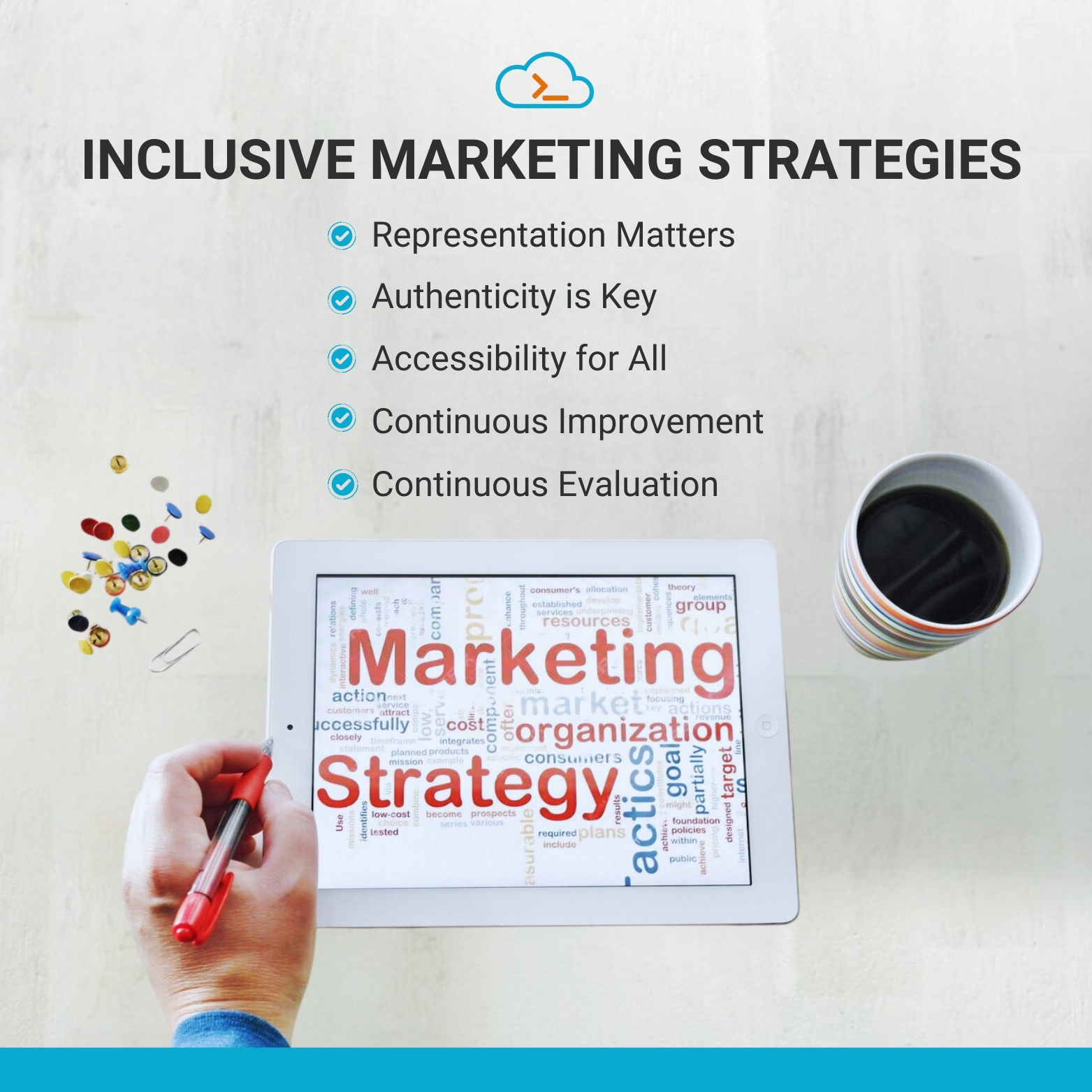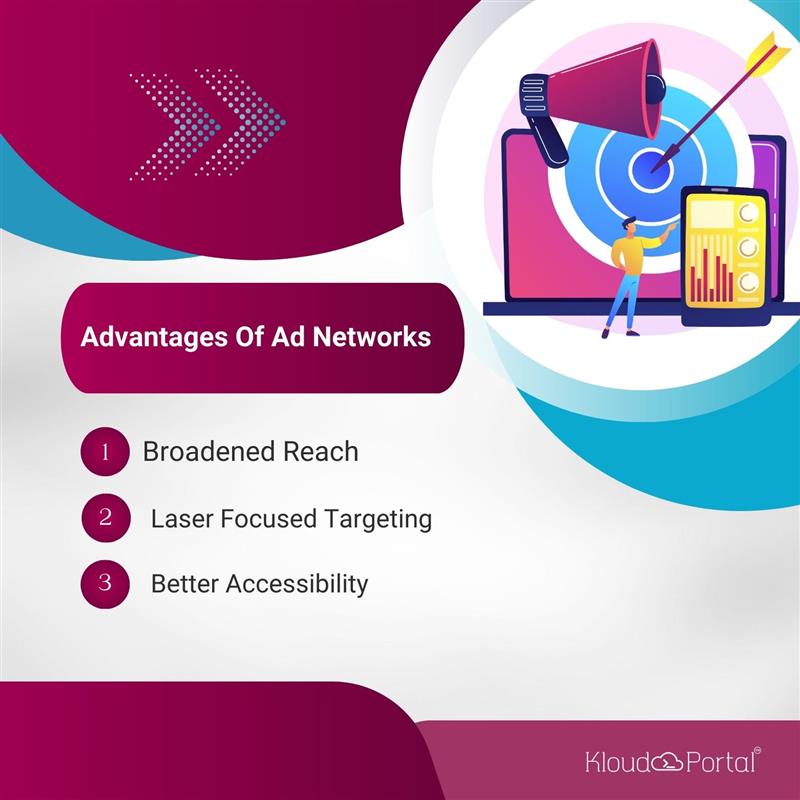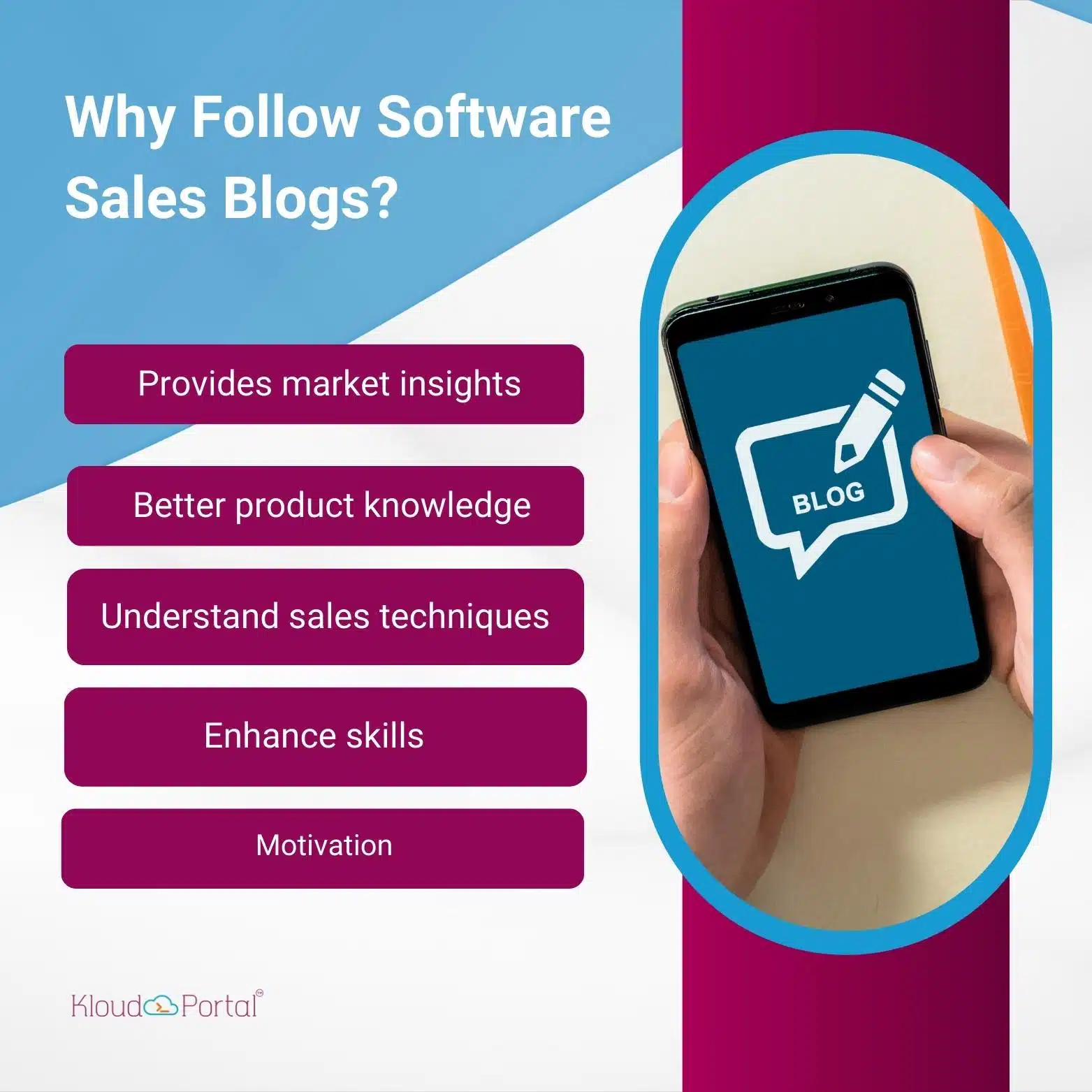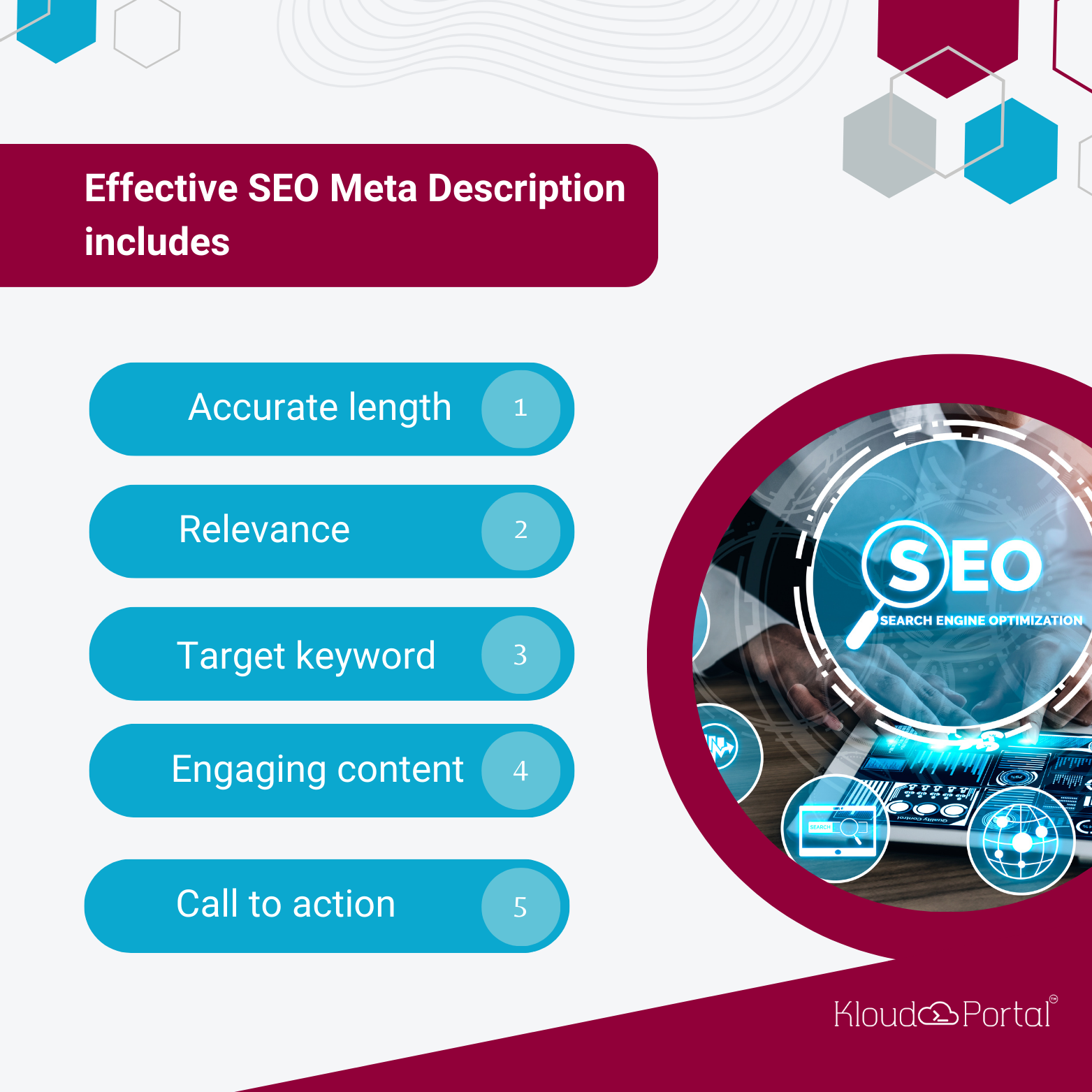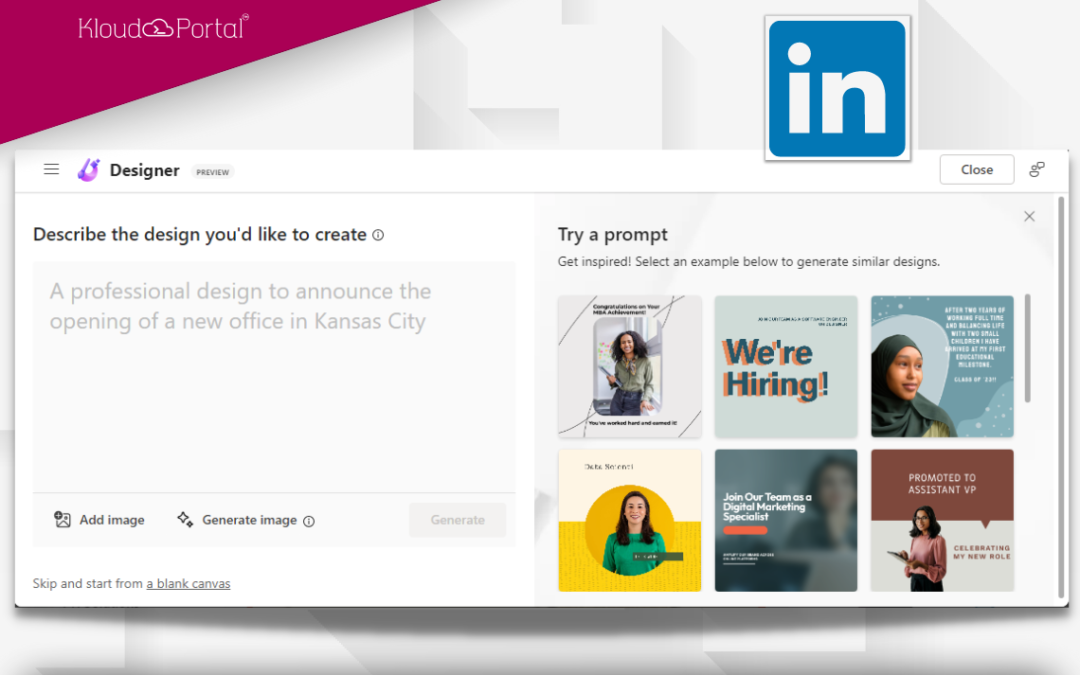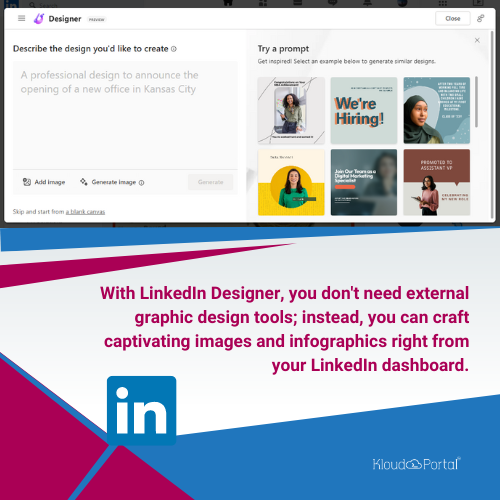
Customer Nurturing Strategies Using Email Automation For Business Growth
Lead nurturing is the process of cultivating and developing relationships with potential customers throughout their buyer’s journey. It involves providing valuable content and targeted messages to develop leads, build trust, and move them closer to making a purchase decision.
Key Takeaways
- Email automation helps businesses deliver timely, personalized messages to nurture leads, enhancing engagement and conversion rates.
- Automated email sequences boost ROI by optimizing resource allocation and leveraging data insights.
- Effective use of audience segmentation and personalized content increases relevance and engagement.
Understanding the Power of Email Automation in Lead Nurturing
Email campaigns remain a highly effective channel for reaching and engaging with your desired audience. By incorporating email automation, businesses can streamline their email campaign initiatives, saving time and resources while delivering customized and timely messages to their subscribers.
Key Benefits of Using Email Automation for Lead Nurturing:
- Improved Lead Quality: Nurturing campaigns help identify and qualify leads based on their engagement with emails, website activity, and other specific criteria.
- Increased Conversion Ratios: By delivering relevant and timely information, email automation guides leads through the sales funnel, increasing the likelihood of conversion.
- Enhanced Customer Relationships: Personalized and consistent communication fosters stronger customer relationships, building trust and loyalty.
- Better ROI: Automated email campaigns can significantly improve return on investment (ROI) by optimizing resource allocation and maximizing the impact of marketing efforts.
- Data-Driven Insights: Email automation platforms provide key insights into customer behavior, such as open rates, click engagement, and bounce rates, enabling businesses to refine their strategies and improve campaign performance.
Our Digital Marketing Servicesare created to Assist companies in improving their digital visibility and attaining measurable growth.
How to Nurture Your Leads with Automated Campaigns
Enhance your lead generation efforts with marketing automation and effective email marketing strategies. Use automation software to streamline lead management, create landing pages with relevant content, and gain valuable insights into your audience. Leverage industry insights to draw in high-quality leads and turn them into paying clients, driving long-term success with a well-executed lead nurturing plan.
- Identify your Ideal Customer Profile (ICP): Understand your target audience’s demographics, interests, pain points, and buying behavior. It will help you create highly relevant and personalized content.
- Segment Your Audience: Divide your leads into smaller, more manageable segments based on their behavior, interests, and position in the buyer’s journey. It enables you to send tailored messages that connect with each specific segment.
- Create High-Quality, Valuable Content: Develop a variety of content formats, such as ebooks, white papers, webinars, case studies, blog posts, and email newsletters, that provide value to your target audience.
- Develop Compelling Email Sequences: Design automated email sequences tailored to each stage of the buyer’s journey:
- Awareness Stage: Concentrate on increasing brand recognition and educating prospects about your industry and the challenges they face.
- Interest Stage: Provide more in-depth information about Your services and how they meet the needs of your target audience.
- Decision Stage: Offer compelling offers, testimonials, and case studies to encourage prospects to take the next step.
- Action Stage: Nurture existing customers with loyalty programs, exclusive offers, and valuable resources to encourage repeat business.
- Optimize Your Email Sequences: Regularly monitor your email campaign performance, analyze key metrics, open rates, click ratio, and conversion rates, and make adjustments to improve results.
- Personalize Your Messages: Utilize personalization tokens to include the recipient’s name, job title, company name, and other relevant information in your email topic lines and body text.
- Track and Measure Results: Utilize lead scoring To rank and assess leads according to their level of engagement with your emails and other marketing channels. Monitor important metrics like site visits, lead generation, conversions, and customer lifetime value to measure the effectiveness of your nurturing campaigns.
Co-operate with the Best Digital Marketing Agency in India to elevate your brand and achieve outstanding online success.

Strategies to Nurture Leads Using Email Automation
1. Know Your Audience
Understanding your audience’s needs is the cornerstone of successful email marketing. By analyzing consumer data, businesses can segment their audience based on behavior, preferences, and demographics. This segmentation empowers you to align your messages closely with each group, increasing the chances of engagement and conversion.
Tools to Utilize:
- Marketing Automation Platforms: Platforms like Marketo, Mailchimp, or HubSpot provide advanced segmentation capabilities.
- Customer Data Management Tools: CRMs help gather and organize customer insights.
2. Deliver Meaningful Content
Your email campaigns should provide value to the recipient. Use insights from your industry to craft blog posts, guides, or case studies that address specific challenges faced by your audience.
Best Practices:
- Write compelling message titles to improve open rates.
- Align content with the recipient’s stage in the buyer’s journey.
- Include clear CTAs to guide actions, such as downloading resources or scheduling consultations.
3. Implement Automated Campaigns
Email automation is a cornerstone of efficient nurturing strategies. Automated messages ensure timely delivery and free up resources for strategic planning, allowing businesses to focus on creating valuable content and refining their campaigns.
Common Automated Email Types:
- Welcome emails for new subscribers.
- Reminder emails for abandoned carts or expiring offers.
- Educational drip campaigns that provide consistent value over time.
4. Use Lead Grading to Prioritize Efforts
Lead grading is a crucial tool in identifying the most engaged prospects. By assigning scores based on actions like email opens or website visits, marketing teams can focus their resources on individuals with the highest potential to convert, ensuring that efforts are aligned with business goals.
Criteria for Lead grading:
- Interaction frequency with emails.
- Downloads of gated content.
- Attendance at webinars or events.
5. Measure and Refine Campaigns
Regularly evaluating the performance of your email marketing efforts is crucial. Examine data like click-through rates, conversion rates, and user engagement levels to identify areas for improvement.
Metrics to Monitor:
- Open rates: Measure the effectiveness of subject lines.
- Click-through rates: Assess content relevance and engagement.
- Conversion rates: Determine how well emails drive desired actions.
Experience unmatched growth with the Best Enterprise SEO company in India, delivering tailored strategies to boost your online visibility and rankings.
Conclusion
Email automation provides businesses with a scalable and efficient way to nurture leads, improve consumer relationships, and drive business success. By combining customized content, strategic segmentation, and data-driven insights, companies can transform potential customers into paying clients and cultivate long-term loyalty. A well-executed email strategy not only optimizes marketing efforts but also serves as a critical driver of growth and success.
Frequently Asked Questions
1. What benefits does email automation offer in lead nurturing?
Email automation simplifies the delivery of personalized, timely messages to leads and customers, improving engagement and conversion rates while saving time and resources.
2. Why is Lead evaluation important?
Lead evaluation allows businesses to prioritize their marketing efforts by identifying and focusing on the most promising leads and optimizing resource allocation.
3. What metrics should I track to improve email campaigns?
Key metrics include open rates, click-through rates, and conversion rates. These insights help fine-tune your strategy for better outcomes.

Rasmita Patro
About The Author…
Meet Rasmita Patro, a content writer, a former teacher, and a former HR with a passion for storytelling, creating compelling content that engages and informs readers. She has a Master’s in Economics and an MBA degree in Human Resources. Her expertise spans a variety of industries, including finance, healthcare, technology, and others. She has a particular inclination toward crafting blog posts, articles, and social media content that resonates with the target audience. She loves reading different genres of books, love to experiment with cooking, and listening to soothing music.



